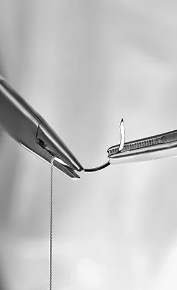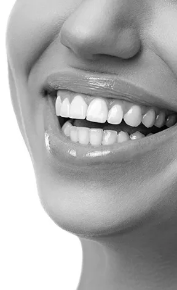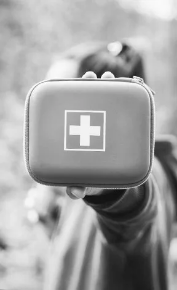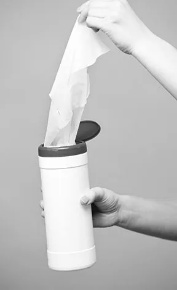Regenerative Biomaterials
View answers to our most asked questions about Regenerative Biomaterials
Bone Grafts
Putty formats help maintain graft material at the surgical site, especially when there is no bony wall or pocket to contain granules. PentOS OI™ Putty offers excellent handling properties and can be easily shaped to fit the defect. Its cohesive, moldable texture enhances surgical versatility, making it suitable for a wide range of procedures — all while being composed entirely of allograft bone.
No, Raptos® is available in vials, wide-mouth round bottom jars and syringes. Raptos® is available in cortical, cortico-cancellous blend, cancellous, demineralised and Premium Blend ( 70% mineralised cortical and 30% de-mineralised cortical.). It is available in vials for the following: Cortical, Cortical-Cancellous, Cancellous, Demineralised Cortical and the Premium Blend. It is available in jars (where you can actually mix and hydrate the product) in: Cortical, Cortical-Cancellous and Cancellous. It is available in syringes in Cortical, Cortical-Cancellous, Cancellous, Demineralised Cortical and Premium Blend. Please refer to the Product page for information on particle sizes.









